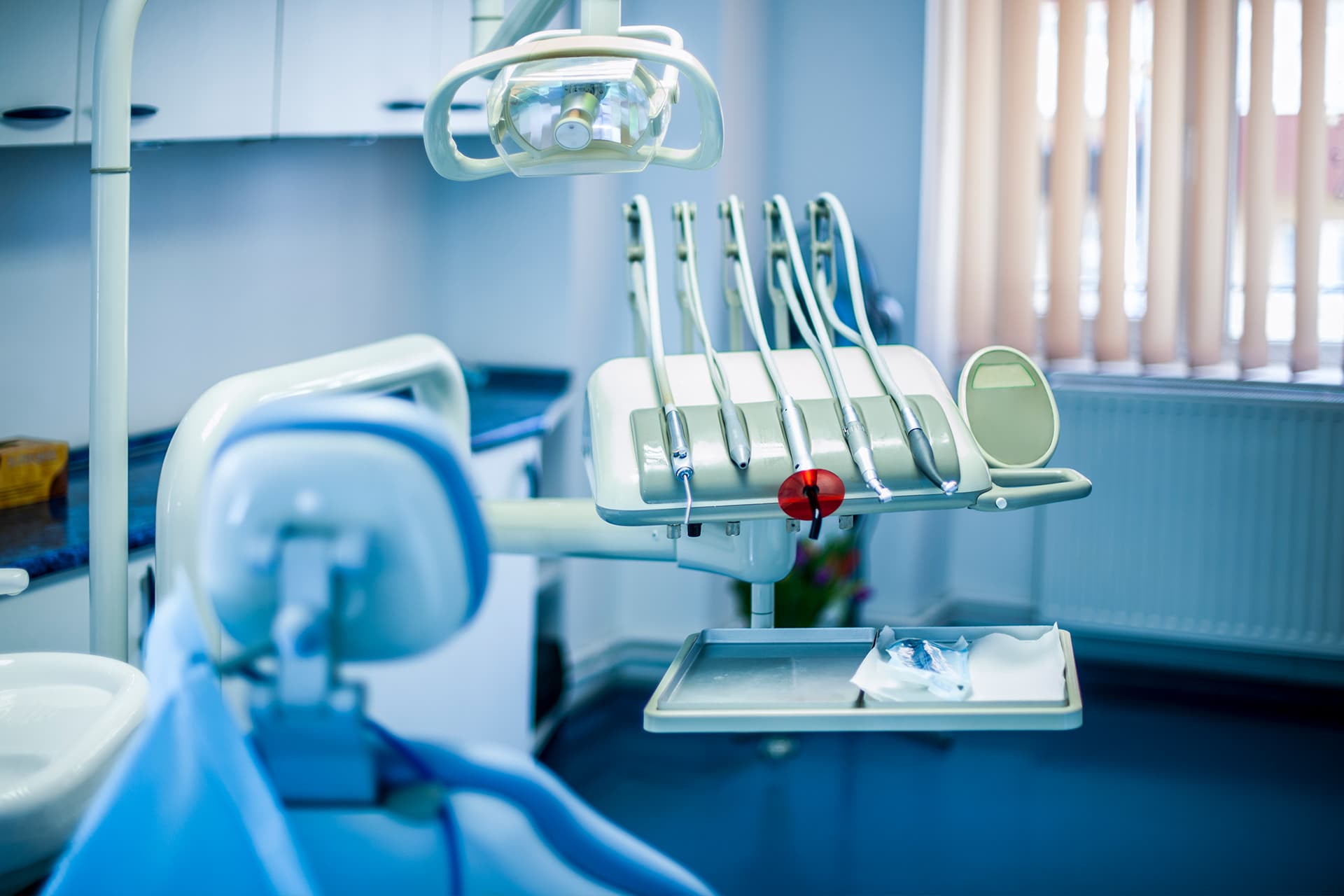One of the major causes of disability among American women is osteoporosis. Affecting more than 28 million women, it is called a "silent" disease as there are no warning signs or symptoms.
Osteoporosis means "porous bone" and is characterized by the weakening of your bones, causing them to become fragile and breakable at the slightest bump or fall. While osteoporosis can affect men and women, women are four times more likely to develop this disease, especially after menopause.
Early detection is very important in the treatment of osteoporosis. A bone density test is used in diagnosing osteoporosis.
Bone Density Testing
Bone densitometry is used to detect osteoporosis. Using radiology, this imaging measures bone loss by sending energy beams through the bones.
The results of your bone density test results will show two scores: a T score and a Z score. The T score will tell you how dense your bones are compared to a young healthy adult of the same gender – when bone density is usually the strongest. The Z score will tell you the density of your bones compared to the average density of someone your age and the same gender.
A normal T score is -1.0 or higher. A T score of -2.5 or lower indicates osteoporosis.
Treatment
Your doctor will recommend several ways, including lifestyle changes and medication, to help treat your osteoporosis. We recommend the following lifestyle changes:
- Eat a healthy, balanced diet
- Get plenty of calcium and Vitamin D (by taking supplements, drinking milk and eating green, leafy vegetables)
- Limit your consumption of sugar, alcohol, protein and sodium
- Exercise more! Regular exercise (such as walking and aerobics) can make bones stronger and healthier.
There are several medications available for the treatment of osteoporosis. Boniva, Actonel and Fosamax work to slow bone loss by inhibiting the cells that break down bone. Reclast works to increase bone strength while Evista increases the body's ability to maintain bone mass.

